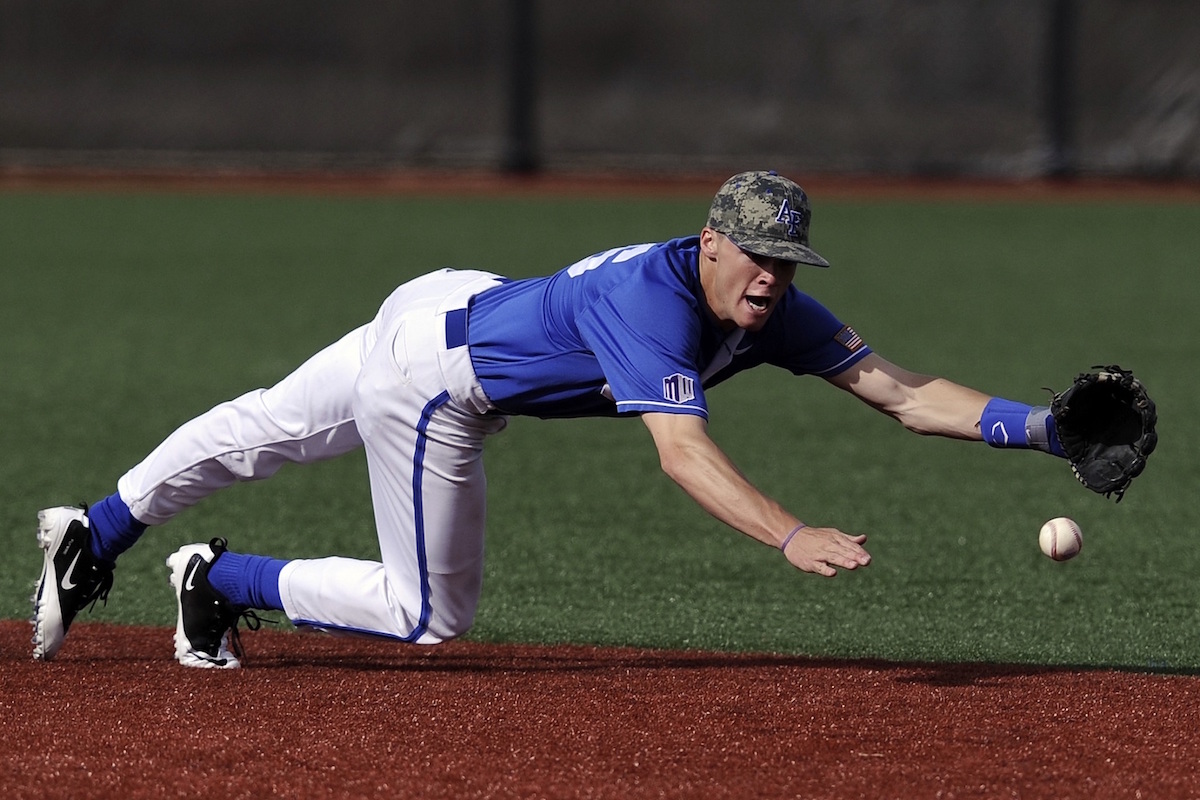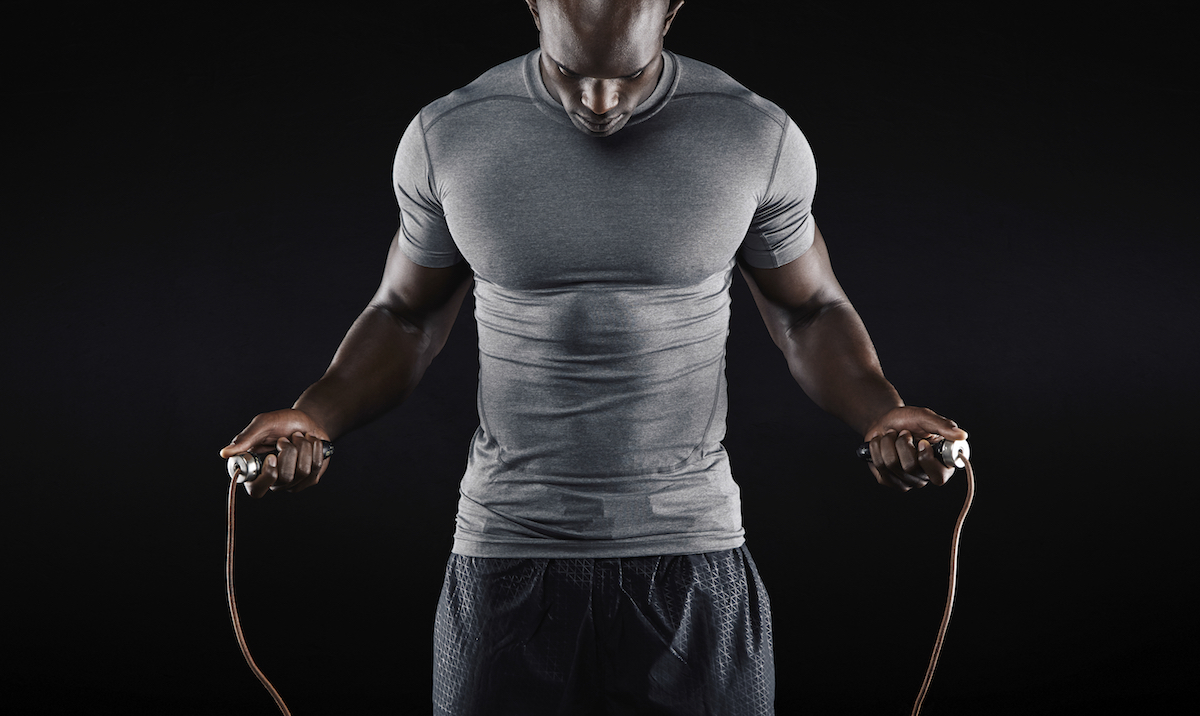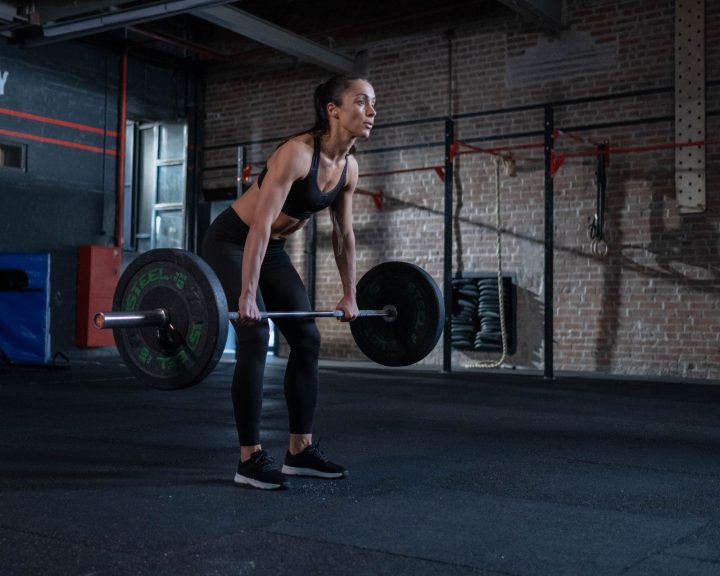Mangine et al published a great study looking at professional baseball players over time. This study was designed to look at how age impacts professional baseball players. The study provides data from four major league baseball teams. It looks at data from 2005-2010, all collected during spring training. It includes players from the minor leagues as well as major leagues. Players were analyzed as position players or pitchers and by age cohort (under 20, 20-22, 23-25, 26-28, 29-31, 32-34, and over 35). Among the measurements included weight, 10-yard sprint, pro-agility, vertical jump, and 300 yard shuttle.
Results:
• Players increased their weight as they aged. The position players increased .5-4.5% in each age cohort except the 32-34 cohort, where they lost 2%. The pitchers were heavier than the position players in every age cohort. The pitchers increased their weight in each age cohort by 2.2-3.7% until the age of 32, when they lost weight in the last two age cohorts.
• The position players were tested on their 10-yard sprint times (note that the pitchers were not). For these players, their speed increased by about a percent in each age cohort through 26-28, after that speed decreased.
• For position players, agility speed (proagility) increased from 20-22, then leveled off and began decreasing. The pitchers were able to improve their agility a little longer, through 23-25, then there agility began decreasing 1-3% in each age cohort after 25. It should also be noted that the pitchers are slower on the proagility than the position players.
• For the position players, anaerobic endurance (300-yard shuttle) really remained stable until the 29-31 cohort, where it began declining by 3-5% in each cohort. The pitchers were very similar to the position players on this.
• Vertical jump began declining in the 29-31 year old cohort for the position players and the 23-25 year old cohort in the pitchers. It should also be noted that the pitchers have smaller vertical jumps than the position players.
This is a fascinating study. Over a five-year period, this study is showing how some of the players are responding to age. The first important point is that time only goes one way, performances decline for everyone over time. The second point is that there are differences between the positions. The pitchers are heavier than the position players. The pitchers’ decline in vertical jump and agility are different than the position players, but the pitchers are also starting off at a lower performance level than the position players. All of this combined reinforces the fact that the different types of positions have different needs, different physical qualities are important to be successful, and their training is different. Finally, this study really goes a long way to demonstrating the importance of strength and conditioning to lengthening an athlete’s career as they age.
Mangine, G.T., Hoffman, J.R., Fragala, M.S., Vazquez, J., Krause, M.C., Gillett, J., and Pichardo, N. (2013). Effect of age on anthropometric and physical performance measures in professional baseball players. Journal of Strength and Conditioning Research, 27(2): 375-381.



